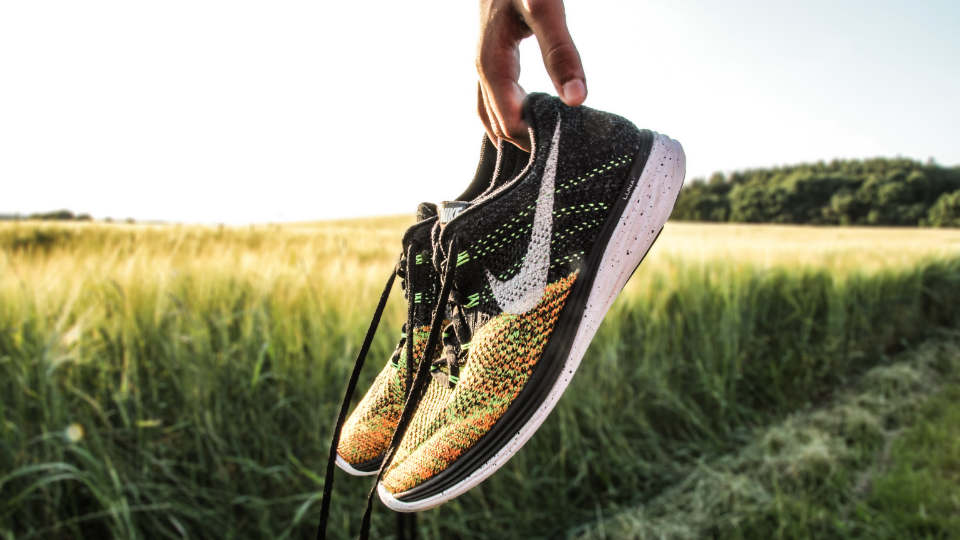Feeling comfortable in your skin doesn’t mean having the perfect weight or being able to pull off your high school pair of skinny jeans. First and foremost, it means being healthy and capable of performing your daily activities without exhaustion.
If you feel that your health is deteriorating because of your weight or inactivity, it’s time to think about taking on some sports.
Running is usually advised for improving health, fitness, and figure. However, people that are not in good shape often hesitate to even begin with running, because beginnings are always difficult. The road ahead is also full of obstacles. Many people make the mistake of going into this too hard and then burning up and giving up.
So, if you’re willing to give it a shot, here is a step by step guide that will make your running journey more successful.
Discuss this matter with your doctor
When you’re overweight or obese, starting strenuous exercise could endanger your health, especially if you don’t know your limits. Before taking up running, it’s best to perform a full physical to check your blood pressure, heart rate, and other vital signs. You should also take a blood test to check cholesterol and sugar levels.

Once you have the results, you can talk to your doctor about the process you’ll need to undertake to get in shape. Also, make sure to tell your physician if you’re experiencing any pain, such as joint or back pain.
Start by walking
It’s understandable that you want to get into running as soon as possible, but if you jump into it too fast, you’ll either get injured or lose your motivation. Instead, start by walking.

Walk long distances at your normal pace for a week or two. Move on to brisk walking for 20 minutes a day. Take breaks if you feel like you can’t breathe. The best way to test if you can handle some more brisk walking is by trying to have a conversation while walking. If that’s not possible, slow down or take a break.
Try to add a few minutes to your routine every day. Also, try to add some speed every time you walk. Set a goal for five to eight weeks to build strength and endurance to prepare your body for what comes next.
Prevent common running-related problems
Even the fittest among the athletes face problems when running. For overweight and obese runners, the risks are even higher. Here are the most common problems you should pay attention to when running:
- Muscle soreness induced by running. Those are actually micro-tears in the tissue. This is a problem that goes away gradually, but it does affect your next run, so make sure to maximize muscle recovery by stretching and eating the right foods.
- Chafing (superficial skin injuries caused by friction). Wearing sweat-soaked clothes definitely contributes to this. This is not a severe issue, but it is a very annoying one. Fortunately, you can avoid chafing with fit clothes, adequate fabrics, drinking water, and using powders to keep your skin dry.
- Dizzy spells can happen because of dehydration or if you’re running on an empty stomach. Make sure you check with a coach or a nutritionist about a healthy runner’s diet to prevent that and always keep a bottle of water on you.
- Feet blisters happen from wearing uncomfortable or new shoes and socks. Find a fitting and supportive pair of shoes designed for running.
Ready, set, go!
Once you’ve successfully mastered brisk walking and researched the potential problems that can occur during strenuous exercise, you’re ready to include some running in your routine. Again, you’ll need to take things slow. Here’s how:

- Warm up by walking for five to ten minutes.
- Move on to brisk walking for three minutes.
- Jog for a minute or for as long as you can take it without getting too exhausted.
- Walk again, then go back to running.
- Gradually increase the jogging until you reach the point when you’re running without the need for walking.
- And, of course, don’t forget to stretch before and after the run.
Use the additional get-healthy tools
Running is a great start, but if you really want to make positive changes to your health, you should complement this effort with a healthy and balanced diet. This is not only about losing weight. It’s mostly about keeping your organs in shape and prolonging your life.

If you’re an avid carnivore, stick to lean meats packed with protein. Eat a lot of fruits and vegetables. Include whole grains and seafood in your diet. Opt for low-fat dairy instead of the products that are high in fat.
Conclusion
Running is one of the best ways to get in shape and maintain optimal health because it comes to your body naturally – after all, humans have been running since the dawn of time. And this is exactly what makes it the easiest to master.
Of course, the easiest doesn’t have to mean easy, and it usually doesn’t. It will take time. It will take effort.
Don’t let anyone tell you that you can’t do it. Because you can do whatever you want.





